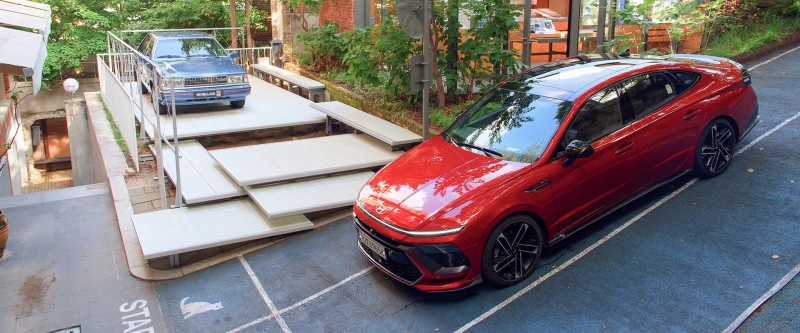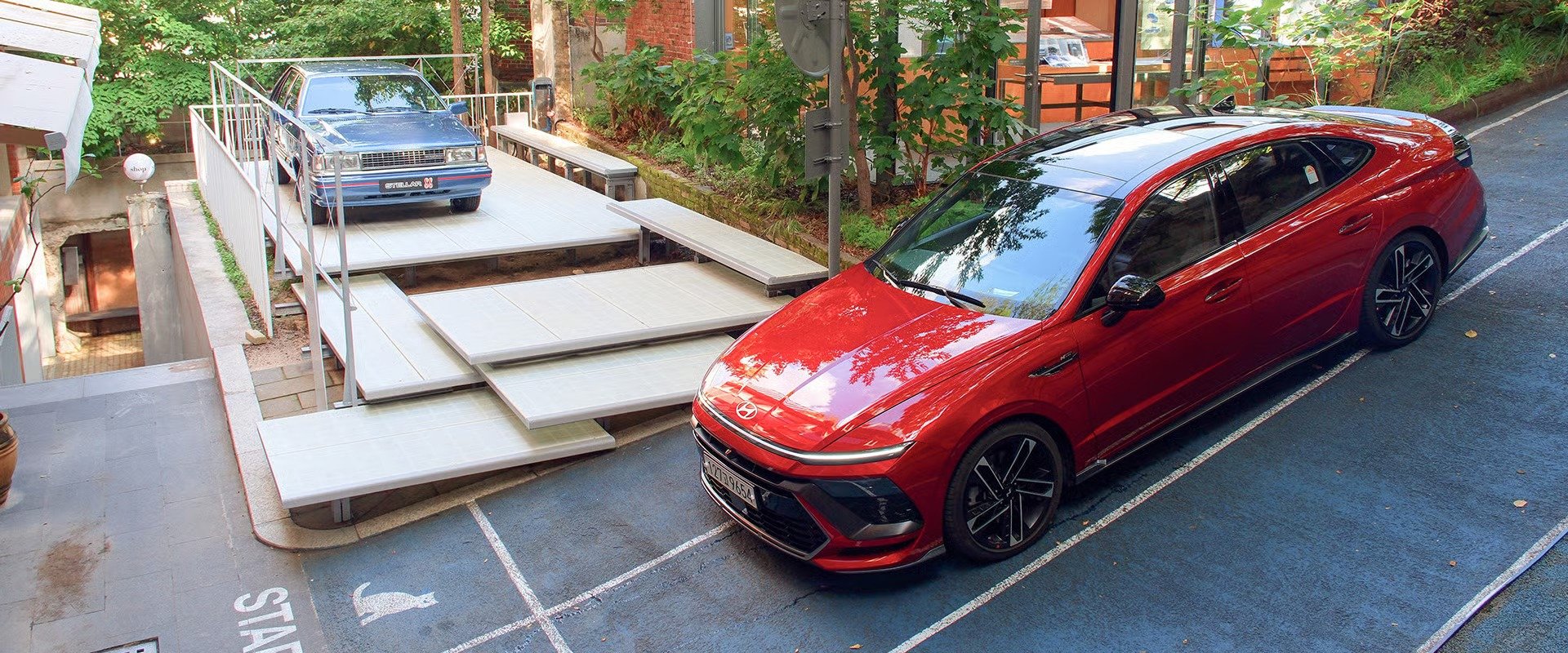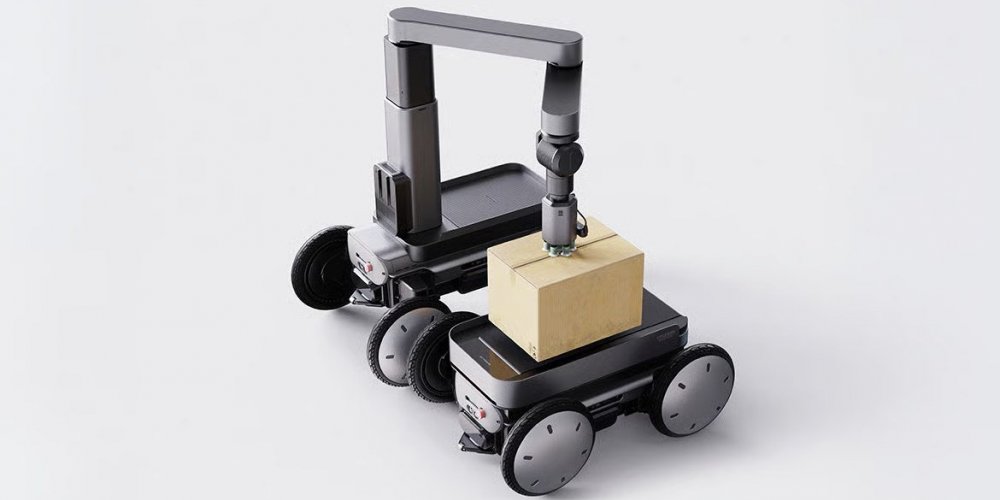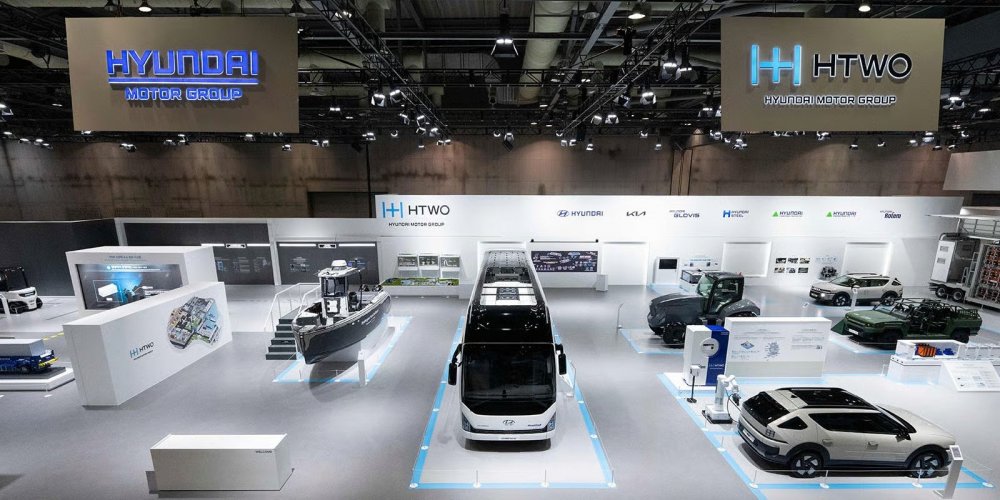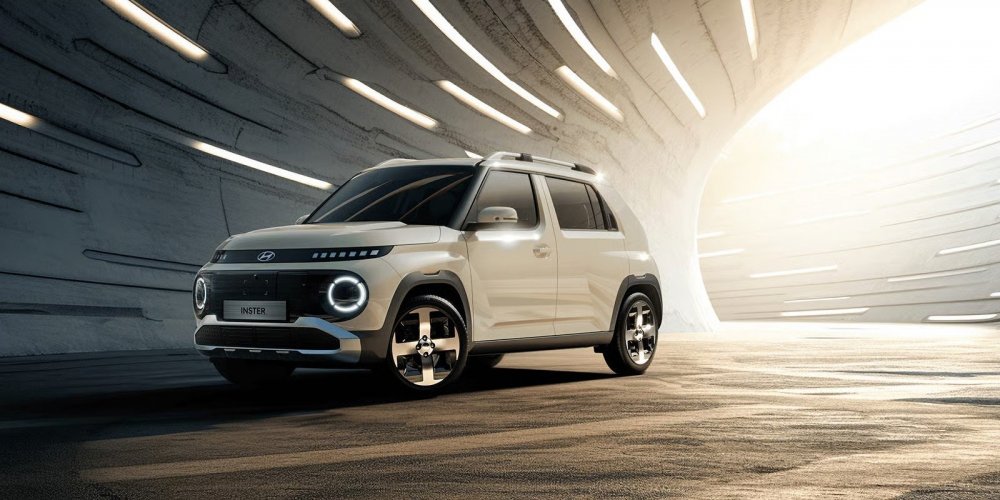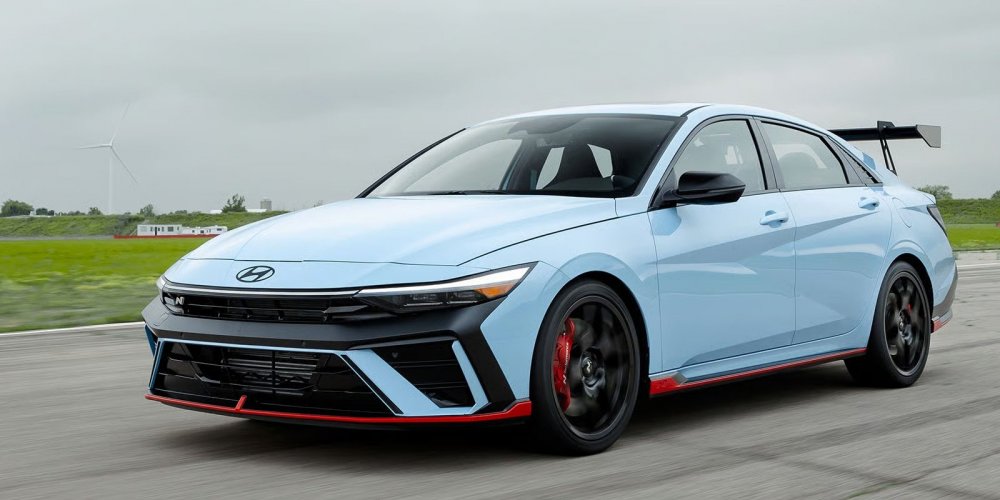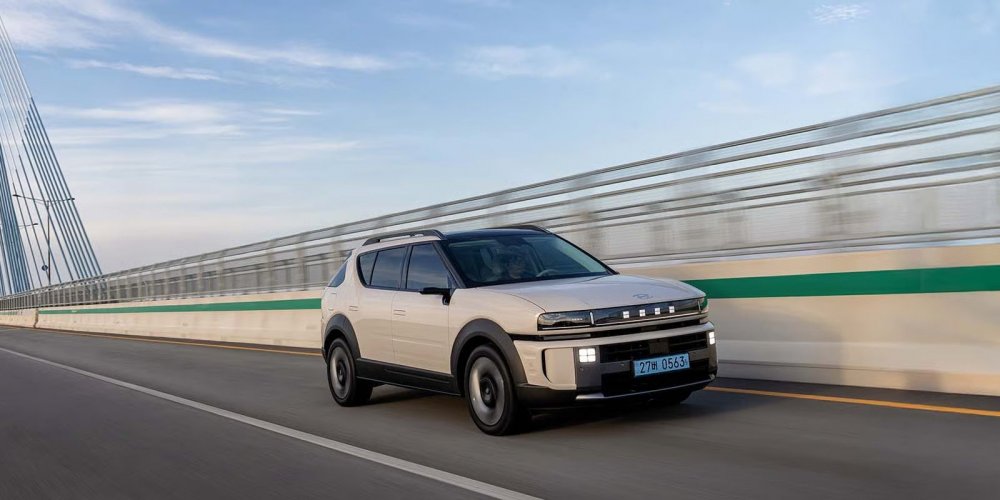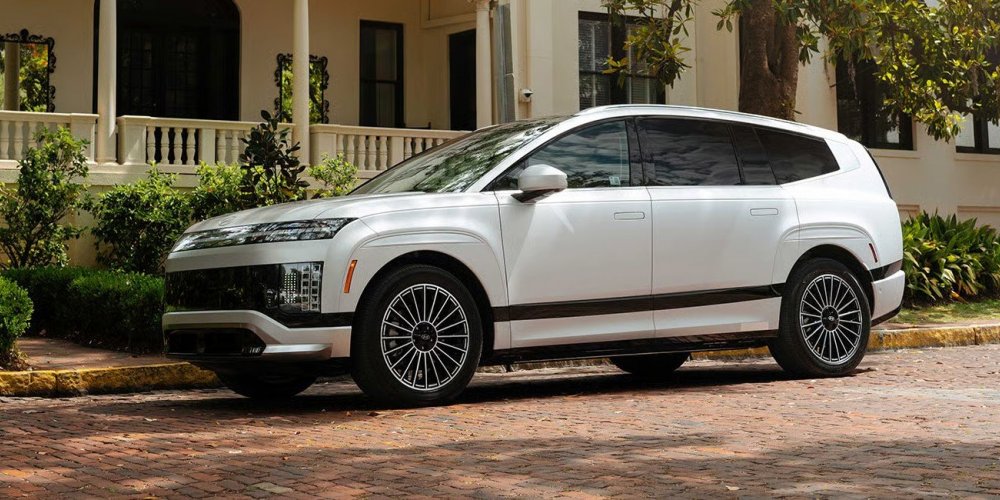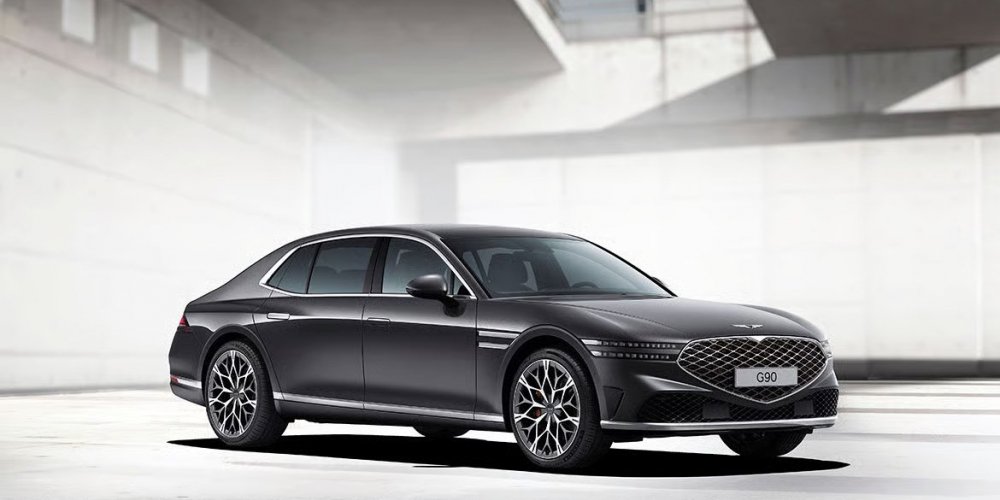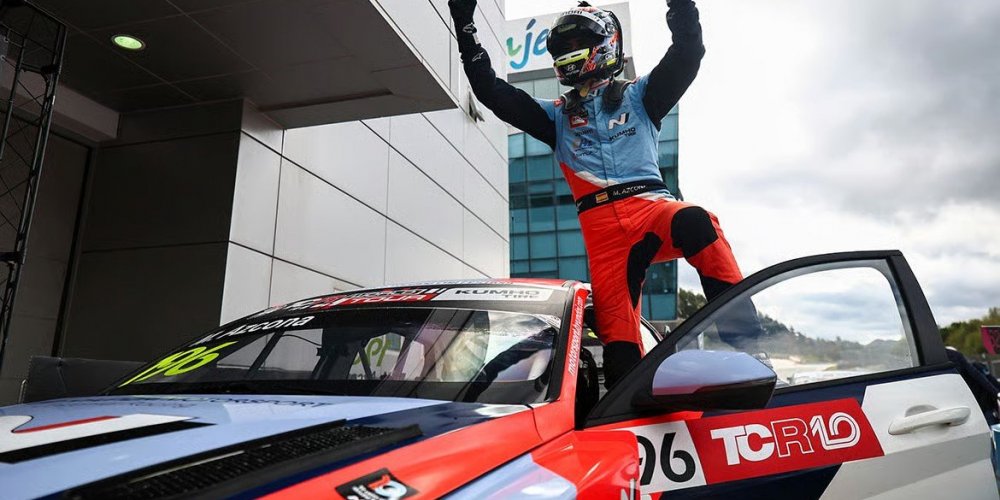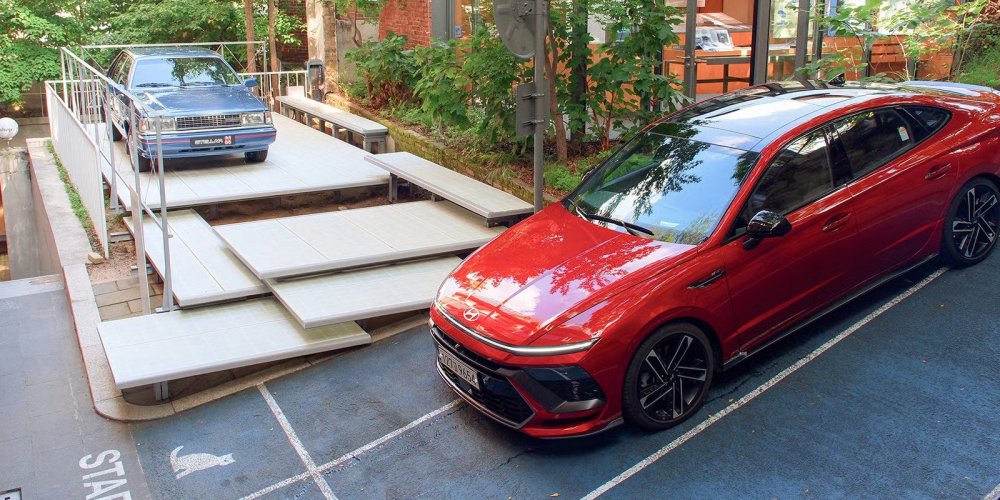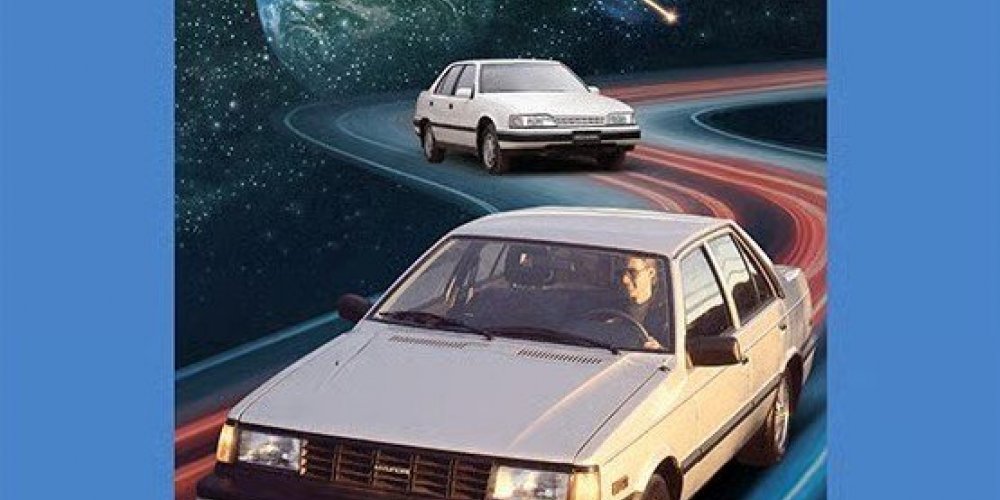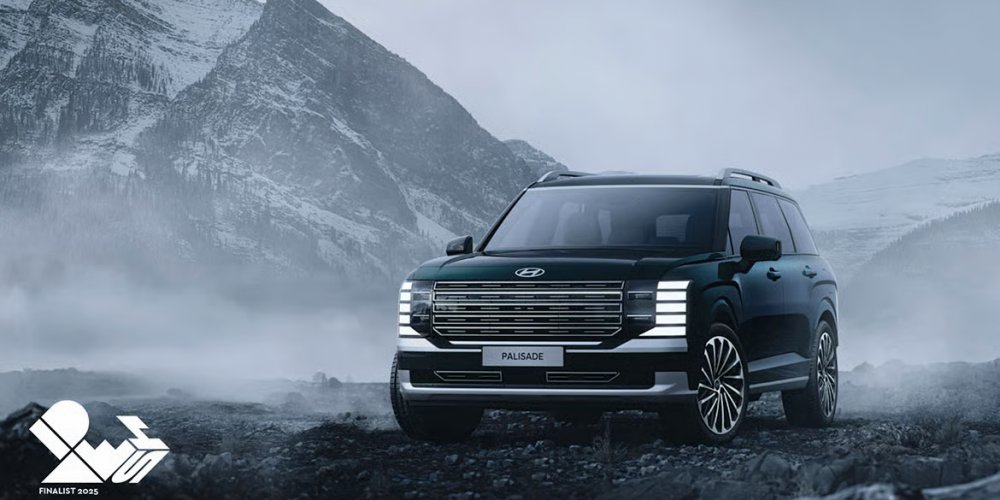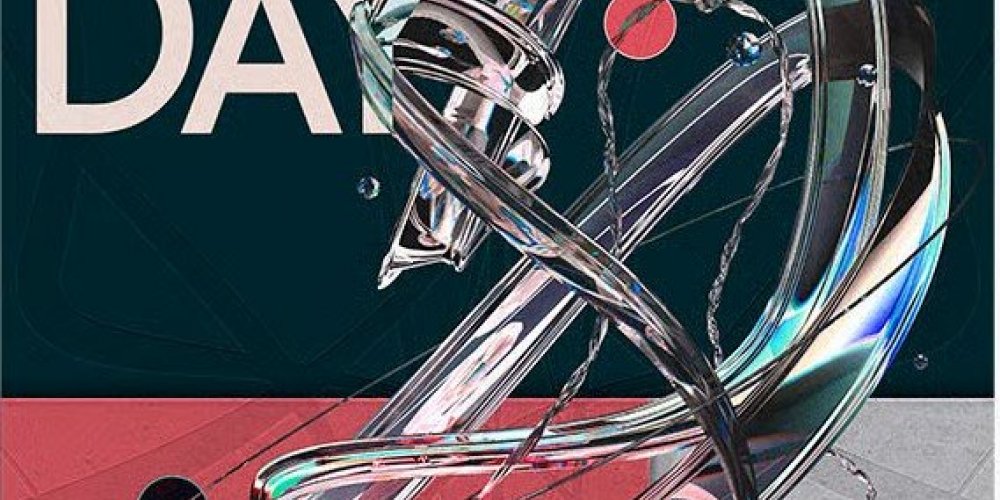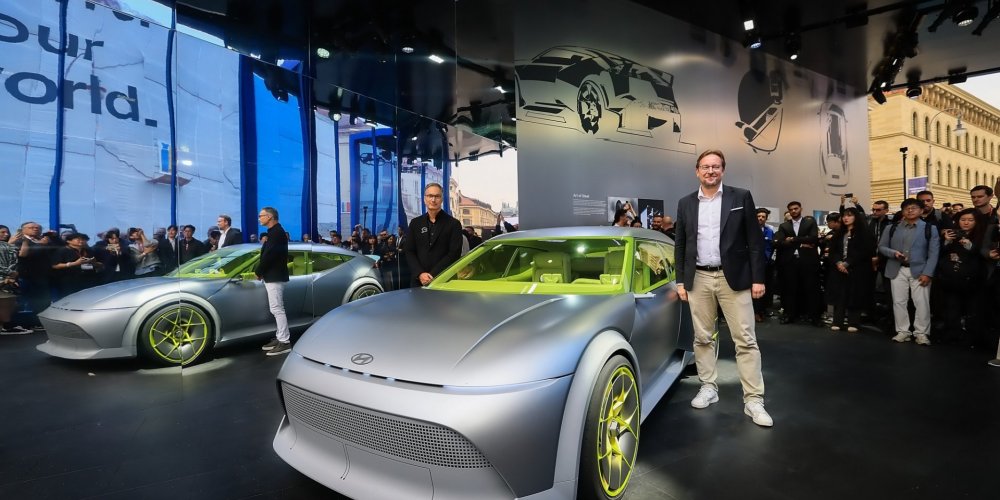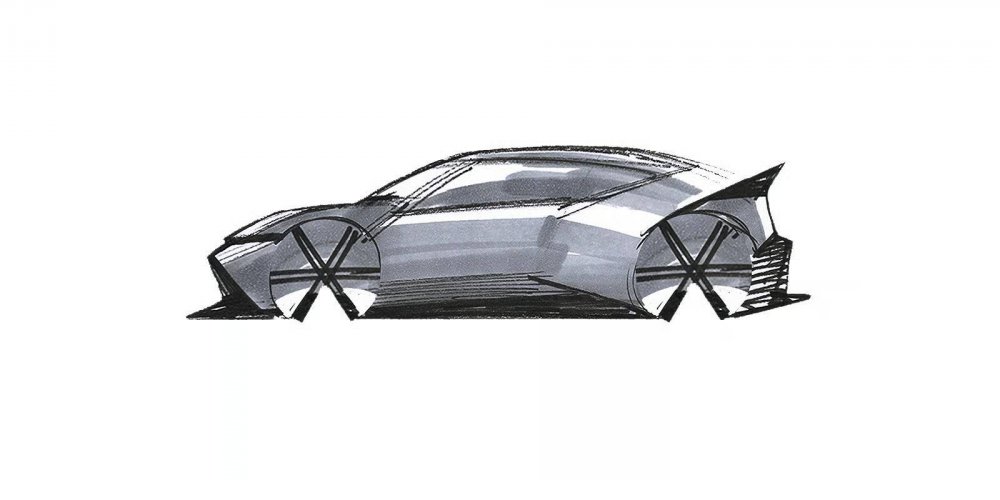On the wooded slopes of Namsan mountain sits picnic, a café and gallery that feels more like a retreat than an exhibition venue. For most of the year, its alcoves are filled with the aroma of coffee and fresh baking, the quiet hum of conversation, and the contemplative gaze of art enthusiasts immersed in its installations. But from September 25, 2025 to January 4, 2026, this tranquil space represents something else entirely: a shrine to two icons that helped define Hyundai’s ascent from local upstart to global contender — the STELLAR and the SONATA.
The approach to piknic feels almost ceremonial. A narrow walkway, framed by brutalist concrete walls and overhanging trees, guides visitors toward the entrance. Waiting outside is a glint of heritage: an immaculately restored 1988 Hyundai STELLAR, affectionately known as the ‘STELLAR 88’. For many younger visitors, it may be the first time they’ve seen a STELLAR — let alone a special-edition model built to mark Hyundai’s role as the official vehicle supplier of the 1988 Seoul Olympics.
Beloved by their owners but designed for everyday life, STELLARs served as family sedans, executive shuttles, taxis, and even police cruisers. Seeing one in pristine condition today is striking. Hyundai’s restoration project has done more than refurbish a car — it has revived a moment in time.
With its period-correct detailing, Shadow Blue Metallic paint, and matching monotone interior, this particular STELLAR stands not only as a tribute to early engineering ambition, but as a mirror to the era, the people and the relationships it served.
Before SONATA, there was STELLAR
To call the STELLAR an icon may sound bold. After all, it was neither Hyundai’s first independently developed car — that honor belongs to the PONY — nor its longest running passenger car, a title claimed by the SONATA. But in 1983, with its Giugiaro-styled body and focus on aerodynamic efficiency, the STELLAR marked a turning point. It was Hyundai’s declaration that good design and advanced features need not be reserved for the few. Power windows and a tachometer — once small marvels — spoke of a company intent on progress.
But perhaps the STELLAR’s greatest legacy lies in what it enabled. Because in 1985, Hyundai introduced the SONATA as an upscale derivative of the STELLAR. Beneath its familiar form lay the largest-displacement engine available in Korea at the time at 2.0 liters and technologies previously unseen in the domestic market: power seats, electric mirrors, and even cruise control.
If the STELLAR kept Hyundai’s momentum going, the SONATA further elevated the brand. Each generation marked an evolution: the second-generation (Y2) model firmly established Hyundai in the United States, the third (Y3) introduced multi-link rear suspension, the seventh (LF) SONATA was Korea’s first plug-in hybrid (PHEV).
The latest model (DN8), facelifted in 2023, carries the lineage forward with its striking Seamless Horizon Lamp lightbar and panoramic curved infotainment display — symbols of a brand always reaching ahead. By August 2025, cumulative sales of the SONATA — including STELLAR — surpassed 10 million units worldwide, just in time for its 40th birthday.
